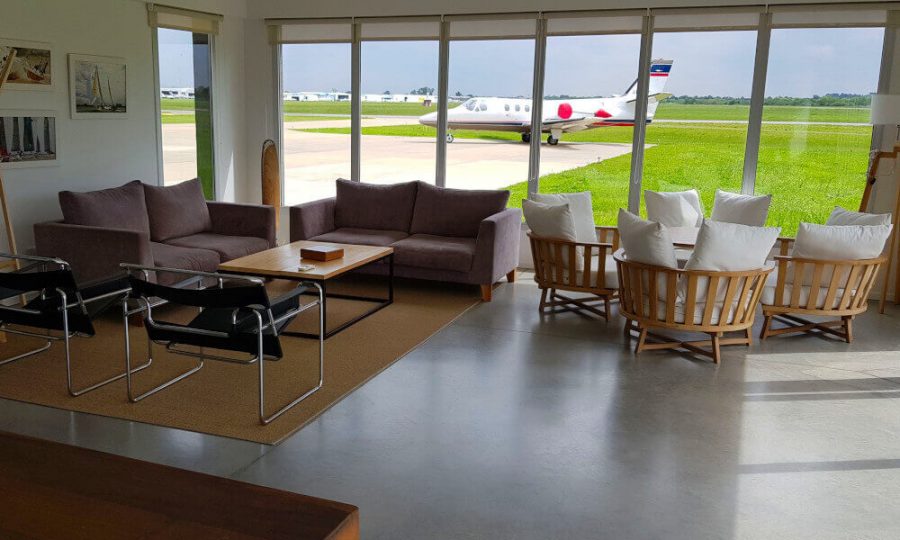Switch to:
 EN
EN  Português (PT)
Português (PT)  Español (ES)
Español (ES)
Dentro do contexto da aviação, os voos fretados são aqueles que não seguem uma programação fixa, diferente da previsibilidade dos voos comerciais convencionais. Esse tipo de serviço é cuidadosamente planejado para suprir as necessidades de cada passageiro ou grupo, com maior flexibilidade em relação à escolha do tipo de aeronave, data e horário de voo, assim como, os locais de decolagem e pouso.
Difference between individual, charter and shared private flights
The concept of charter flight encompasses two distinct modalities: the individual private flight and the shared private flight. The first gives the customer or group the possibility of an on-demand experience, in which every detail is personalized according to the passengers’ preferences, that is, it is up to them to choose the aircraft to carry out the flight, the date, time of departure, departure and airports or helipads where takeoff and landing will take place. The Premium service also includes boarding in a VIP terminal, with various services available, such as snacks, spacious sofas, baggage drop-off without queues, power outlets, meeting rooms, among others.
A charter flight refers to a type of air transport in which an aircraft is rented by a specific group of passengers, instead of following a regular flight schedule. This option offers flexibility in terms of schedules and destinations, allowing passengers to customize their trips according to their specific needs. However, it is important to note that charter flights tend to be more expensive than scheduled flights due to the cost associated with the exclusivity and convenience offered to passengers.
Por outro lado, o voo privado compartilhado, na Flapper, chamado de Pool, possibilita que diversos indivíduos compartilhem a mesma aeronave executiva e seus custos associados. Essa opção traz benefícios para aqueles que valorizam a conveniência do fretamento, sem necessariamente demandar do aluguel integral da aeronave. O Pool se revela como uma solução eficaz para otimização de recursos e contenção de despesas coletivas.
Number of passengers on a charter flight
The passenger capacity of a charter flight varies depending on the type of aircraft selected. In the case of commercial planes, it ranges from 120-230 passengers for narrow-body planes to 264-291 passengers on wide-body planes with a common configuration, such as Boeing 767 or Airbus A350.
Executive aircraft
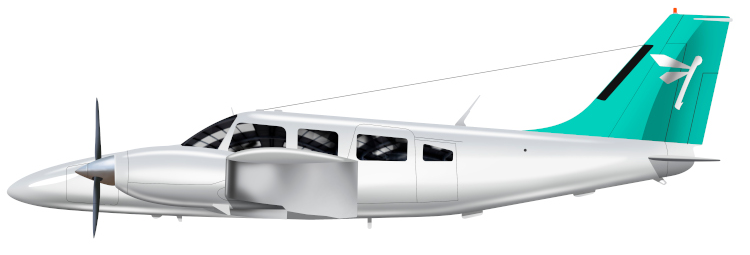
Piston aircraft , such as the Seneca V, ideal for short and regional trips, have space to accommodate 2 to 6 passengers. Such flights offer a more intimate experience and are able to operate from smaller airports, which expands the range of destinations.

Os monomotores turbo-hélice, como o Pilatus PC-12, combinam eficiência e desempenho aprimorado para seus 6 a 9 passageiros. Os modelos fornecem velocidade e alcance superiores aos aviões a pistão e são boas escolhas para viagens regionais e de curta distância.
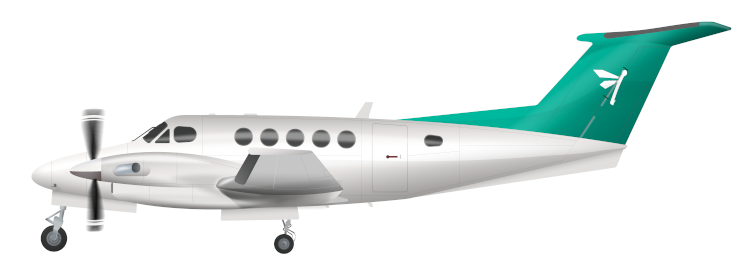
In turn, twin-engine turboprop aircraft, such as the King Air B250 , increase both power and capacity compared to single-engine aircraft. With space for up to 9 passengers, these aircraft are recommended for regional executive flights with the advantage of accessing smaller runways without compromising range.
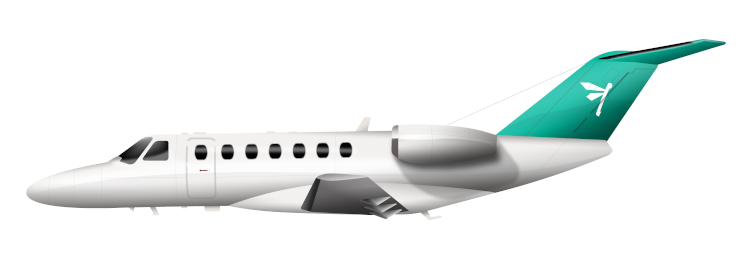
Já os jatos leves, representados pelo Cessna Citation CJ3, primam pela eficácia e agilidade. Acomodando entre 4 e 8 passageiros, essas aeronaves são apropriadas para viagens executivas de médio alcance, oferecendo velocidade e conforto para trajetos intermunicipais e interestaduais.
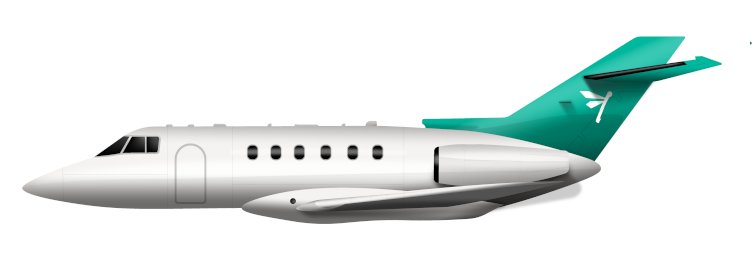
In contrast, midsize jets, such as the Hawker 850XP , are designed for medium-range flights. These aircraft, with the capacity to carry 6 to 10 passengers, stand out for both regional and intercontinental travel, as they combine extended range with efficiency.
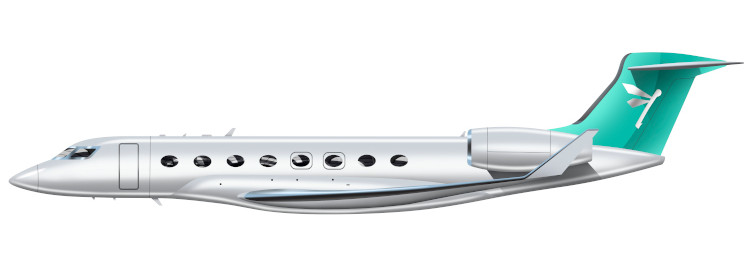
In the heavy jet segment, such as the Gulfstream G650ER , the emphasis is on prestige and capability. The examples in this category are aircraft suitable for long-haul intercontinental flights while providing luxury and comfort for their 12 to 20 passengers on long-distance flights.
Commercial aircraft
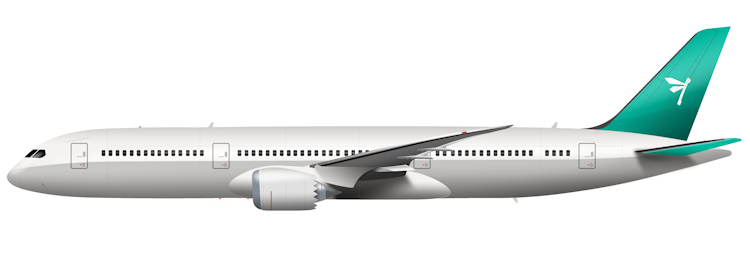
Widebodies jets, like the Boeing 787 Dreamliner , have the ability to cross continents and oceans nonstop. Designed to accommodate 300 passengers, in luxurious cabins with advanced technology, they are ideal for long-range intercontinental trips.
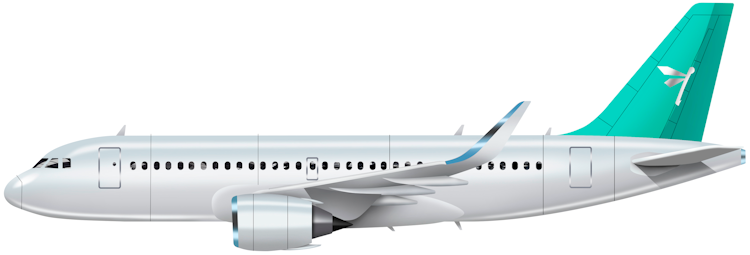
VIP airliners , such as the Airbus ACJ319 , feature luxurious interiors and exclusivity to a limited number of passengers. With customized configurations, they are capable of accommodating up to 50 passengers and are frequent choices for highly relevant companies and individuals.
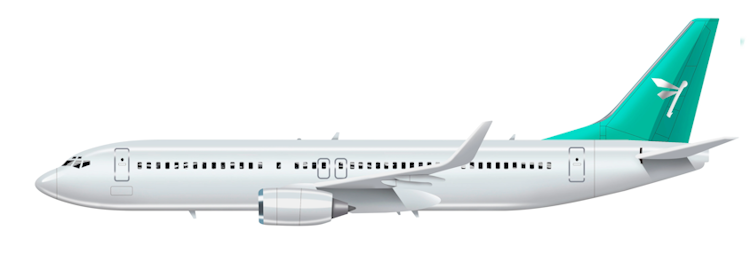
Finally, Airlines and Regional Airlines, such as the Boeing 737 , are essential for commercial air transport. With the capacity to accommodate up to 180 passengers, these aircraft connect cities, responding to the global demand for large-scale travel.

